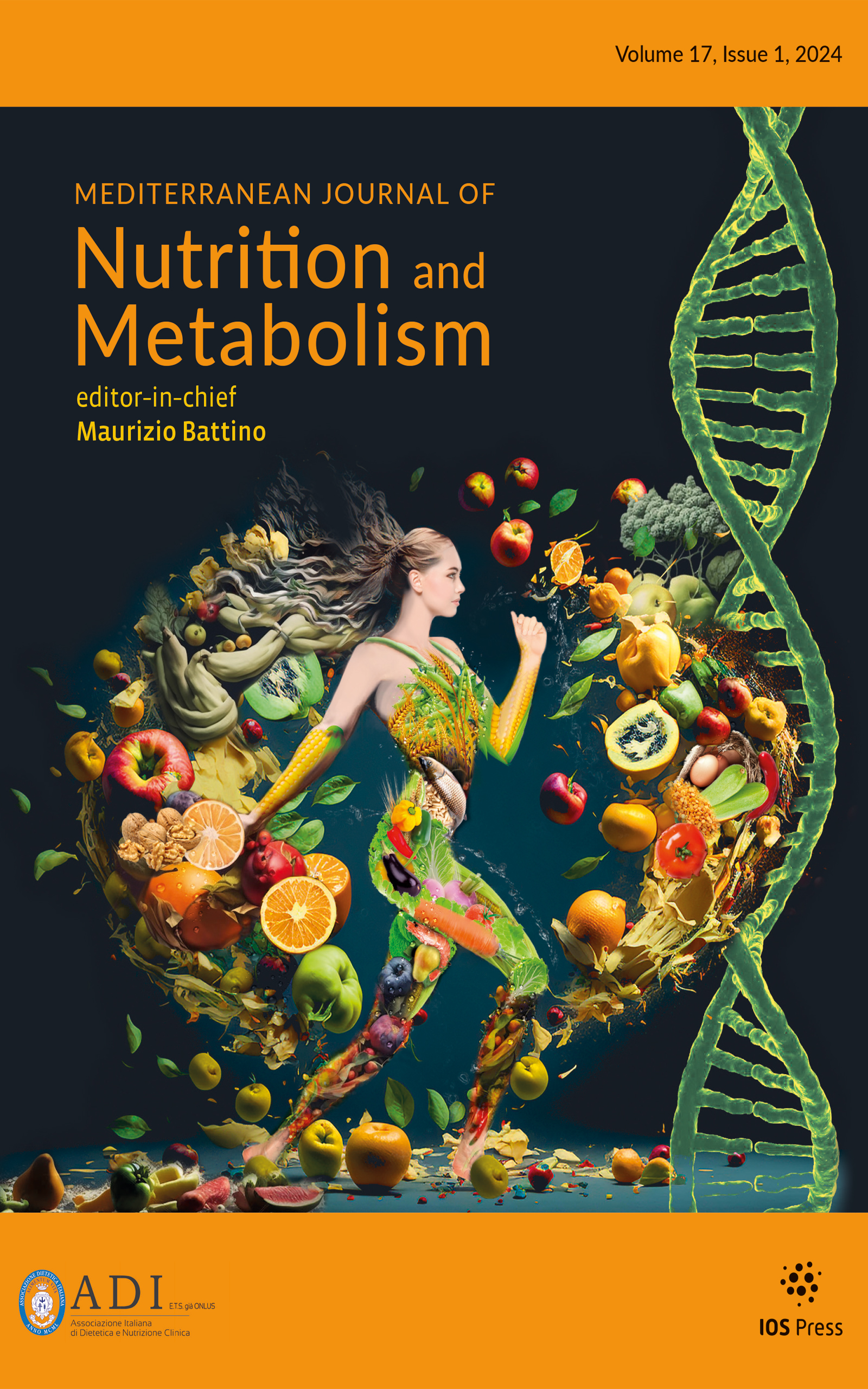Authors: Mazidi, Mohsen | Heidari-Bakavoli, Alireza | Rezaie, peyman | Azarpazhooh, Mohammad Reza | Nematy, Mohsen | Safarian, Mohammad | Esmaeili, Habib | Parizadeh, SMR | Ghayour-Mobarhan, M. | Kengne, Andre Pascal | Ferns, Gordon A.
Article Type:
Research Article
Abstract:
BACKGROUND AND AIM: Obesity is a major risk factor for type 2 diabetes mellitus and cardiovascular disease (CVD). Little is known about the metabolic profile across categories of body mass index (BMI), particularly within Asian populations. We assessed the prevalence and distribution of body size phenotypes among Iranian adults from a representative sample from Mashhad. METHOD: The Mashhad Stroke Heart Atherosclerosis Disorder (MASHAD) study cohort of 9761 adults (3903 men) aged 35–65 years were cross-categorized by BMI and metabolic status into: normal-weight metabolically healthy (NWMH), normal-weight metabolically abnormal (NWMA), overweight metabolically healthy (OvMH), overweight metabolically abnormal (OvMA),
…obese metabolically healthy (OMH) and obese metabolically abnormal (OMA). Metabolic normality/abnormality was defined by the presence of any two of the following: 1) elevated blood pressure or known hypertension on treatment, 2) high serum fasted triglycerides; 3) low serum HDL-cholesterol, 4) high blood glucose or the presence of diabetes mellitus, 5) serum CRP >90th percentile. RESULTS: The distribution of obesity phenotypes was 11.6% (NWMH), 15.6% (NWMA), 10.6% (OvMH), 31.3% (OvMA), 4.9% (OMH), and 25.5% (OMA) overall. Equivalent figures were 13.1%, 24.0%, 7.7% 37.3%, 1.5% and 16.2% in men; 10.7%, 10.2%, 12.5%, 27.4%, 7.2% and 31.8% in women, p < 0.001 for gender differences. Multi variables logistic regression models comprising age gender and each of the metabolic factors was associated with 3.2% to 5.3% variations in BMI categories. CONCLUSION: The present study showed that a considerable proportion normal-weight Iranians display cardiometabolic abnormalities especially men, while a significant percentage of obese individuals, particularly women are metabolically healthy.
Show more
Keywords: Obesity phenotype, metabolic abnormalities, metabolic normalities
DOI: 10.3233/MNM-16121
Citation: Mediterranean Journal of Nutrition and Metabolism,
vol. 9, no. 3, pp. 203-212, 2016





